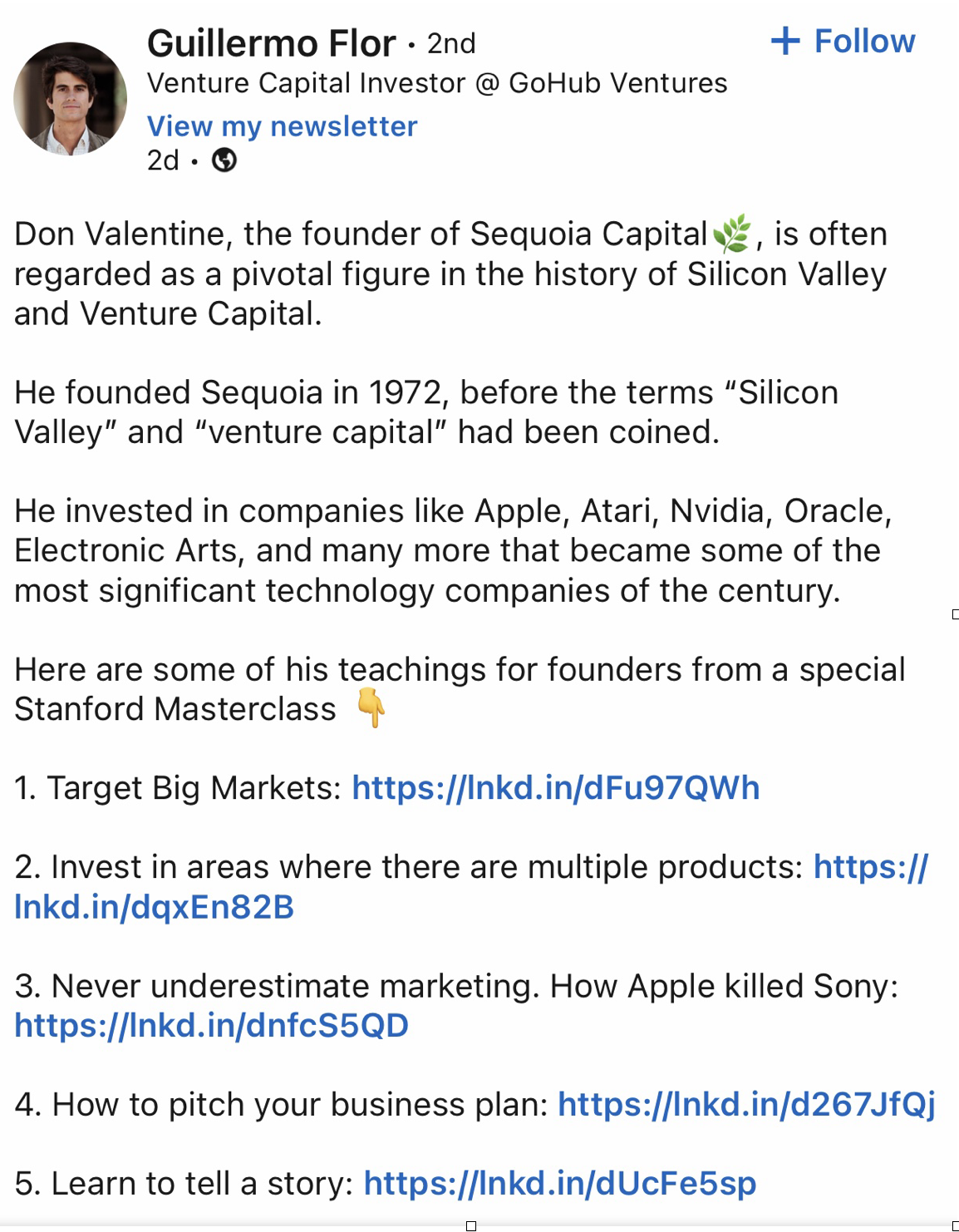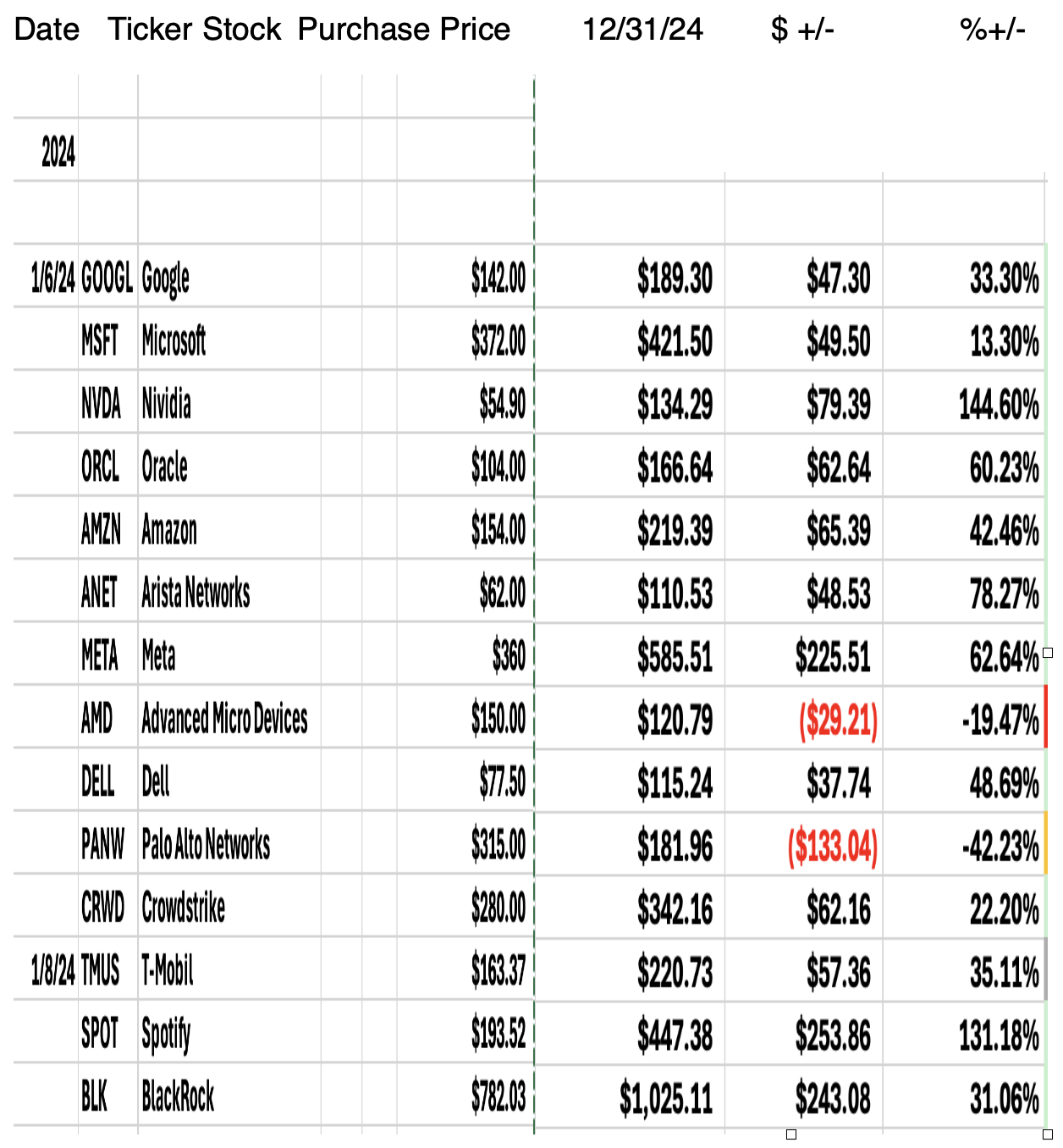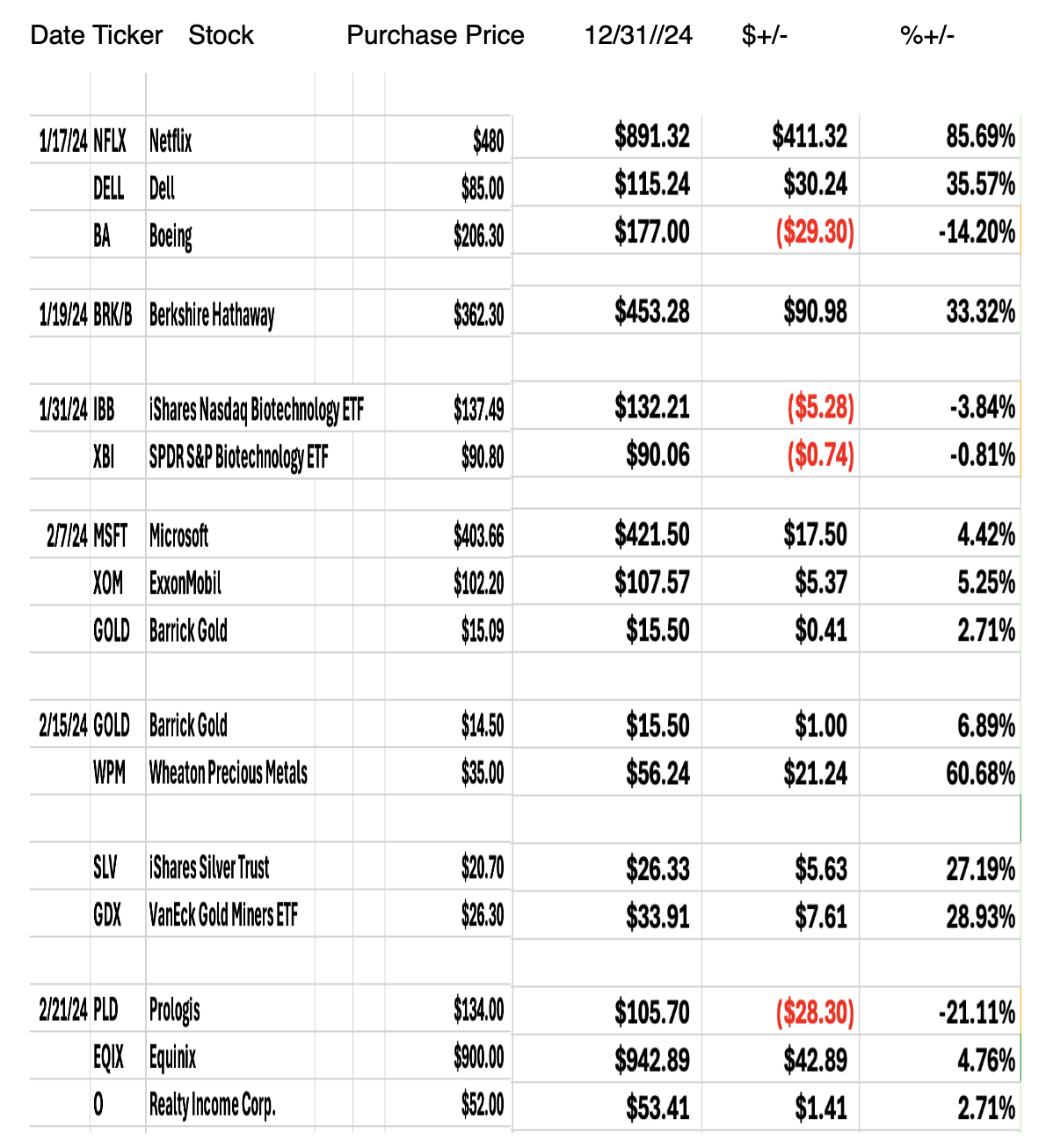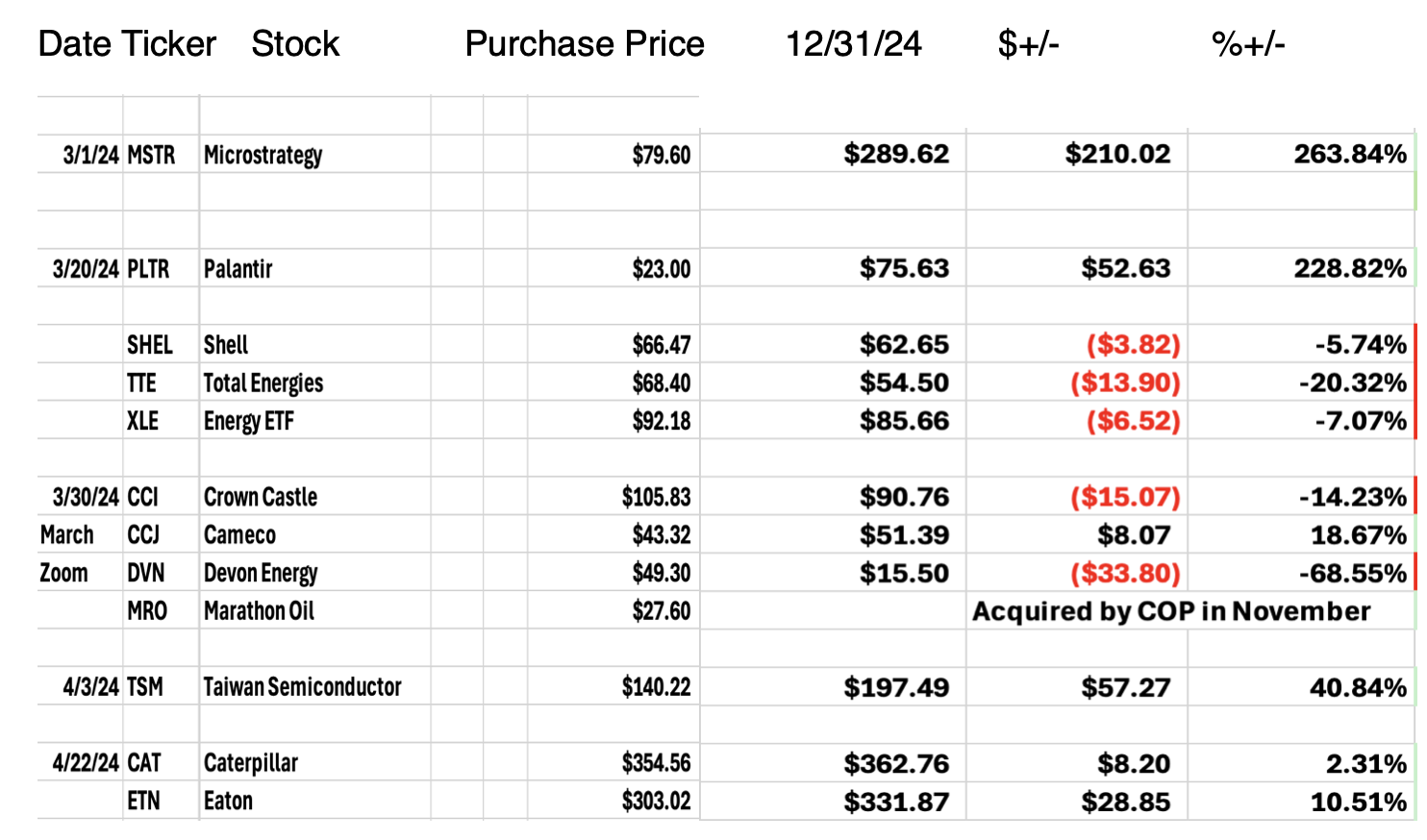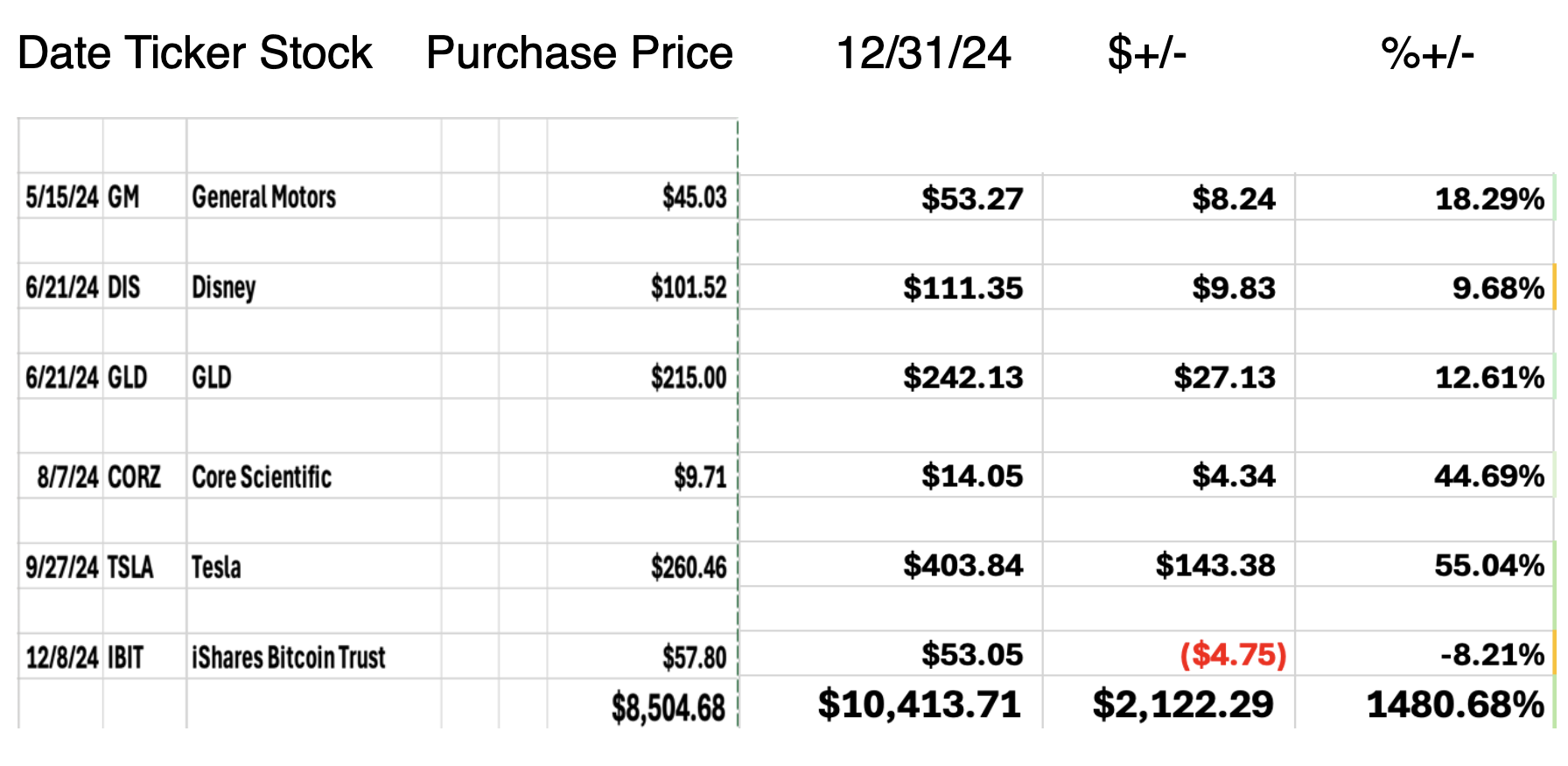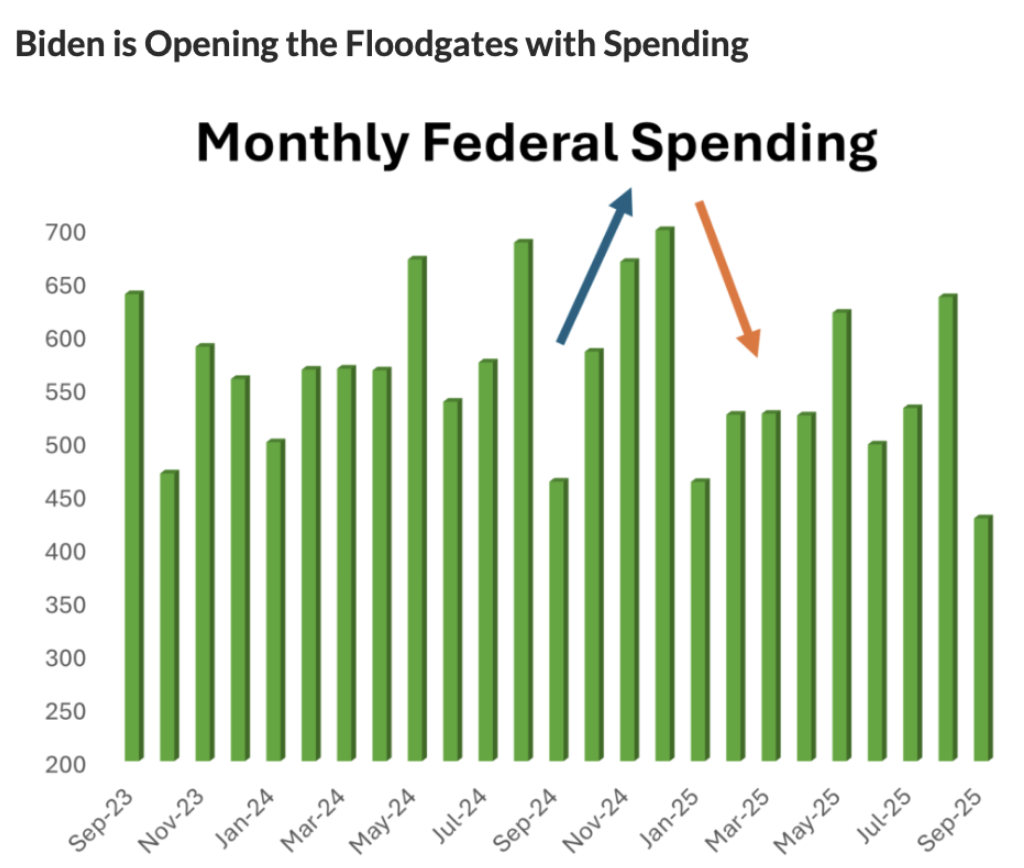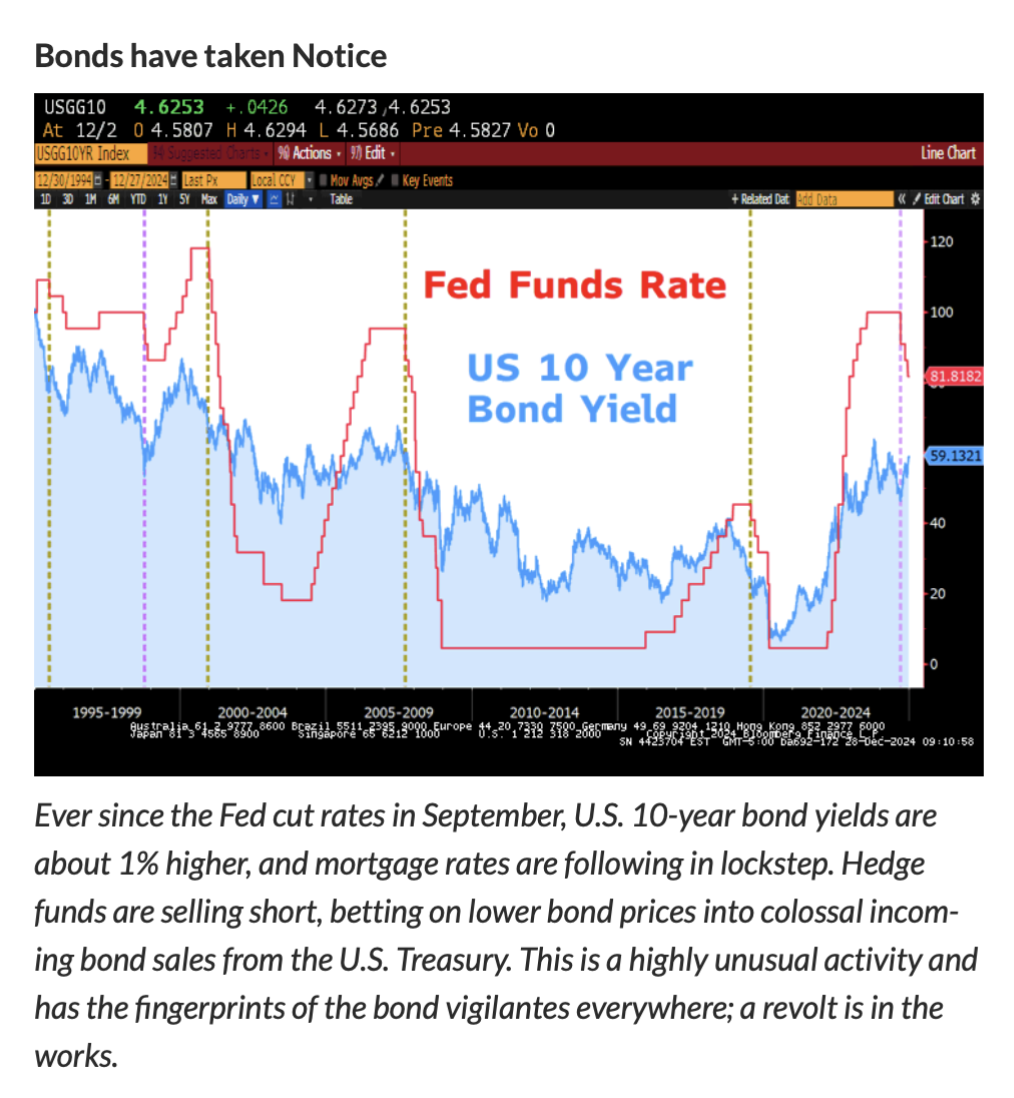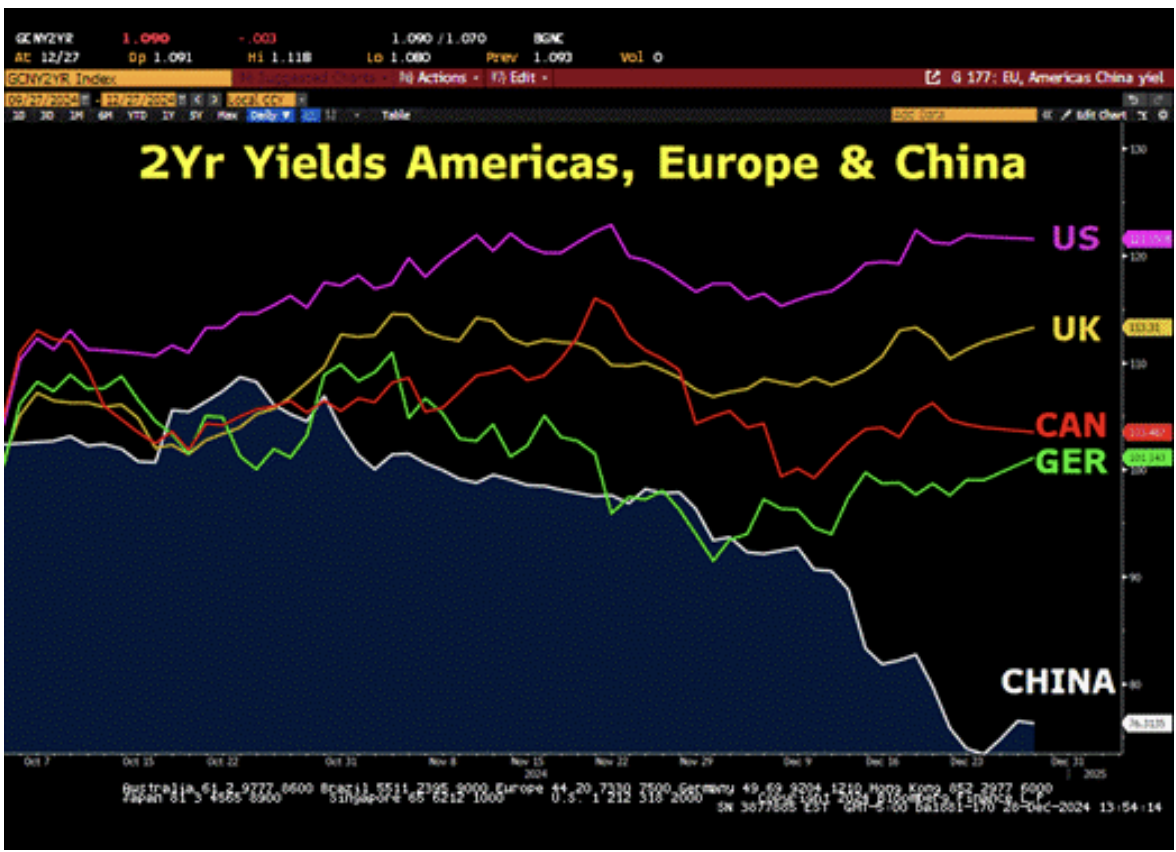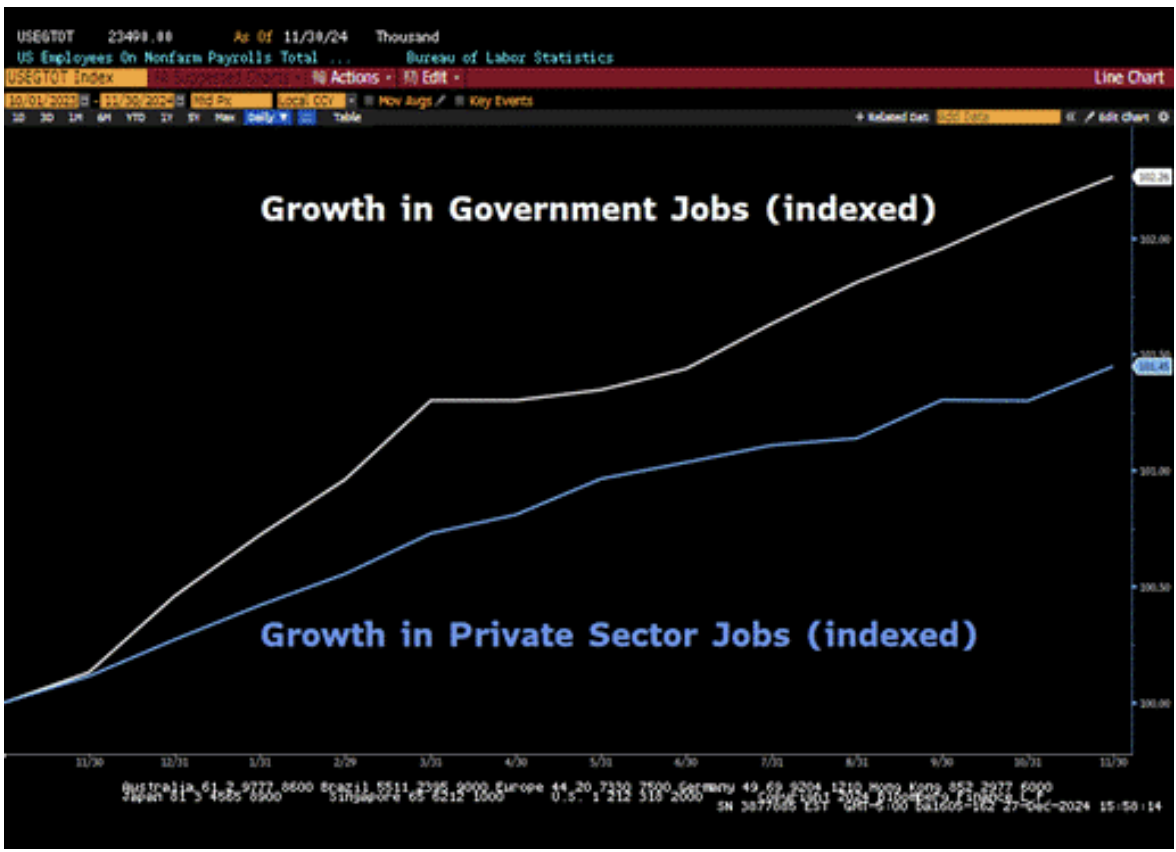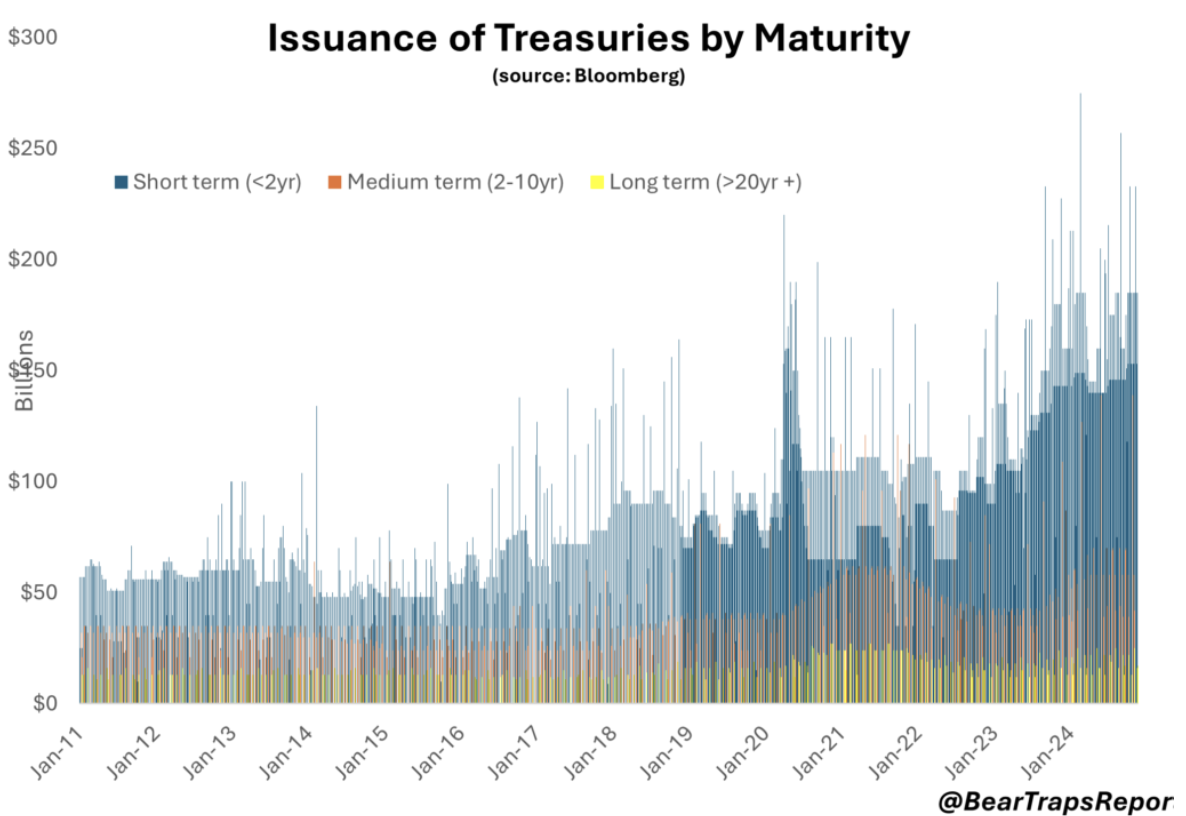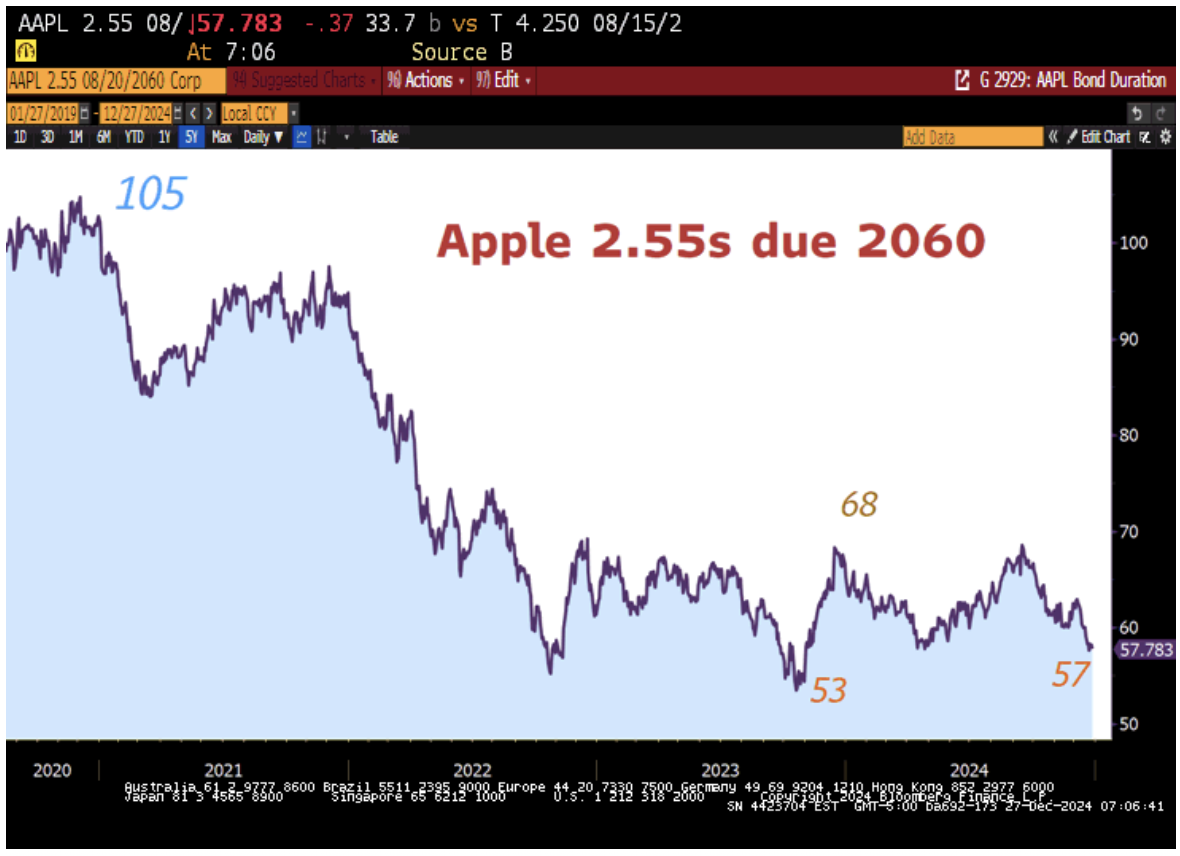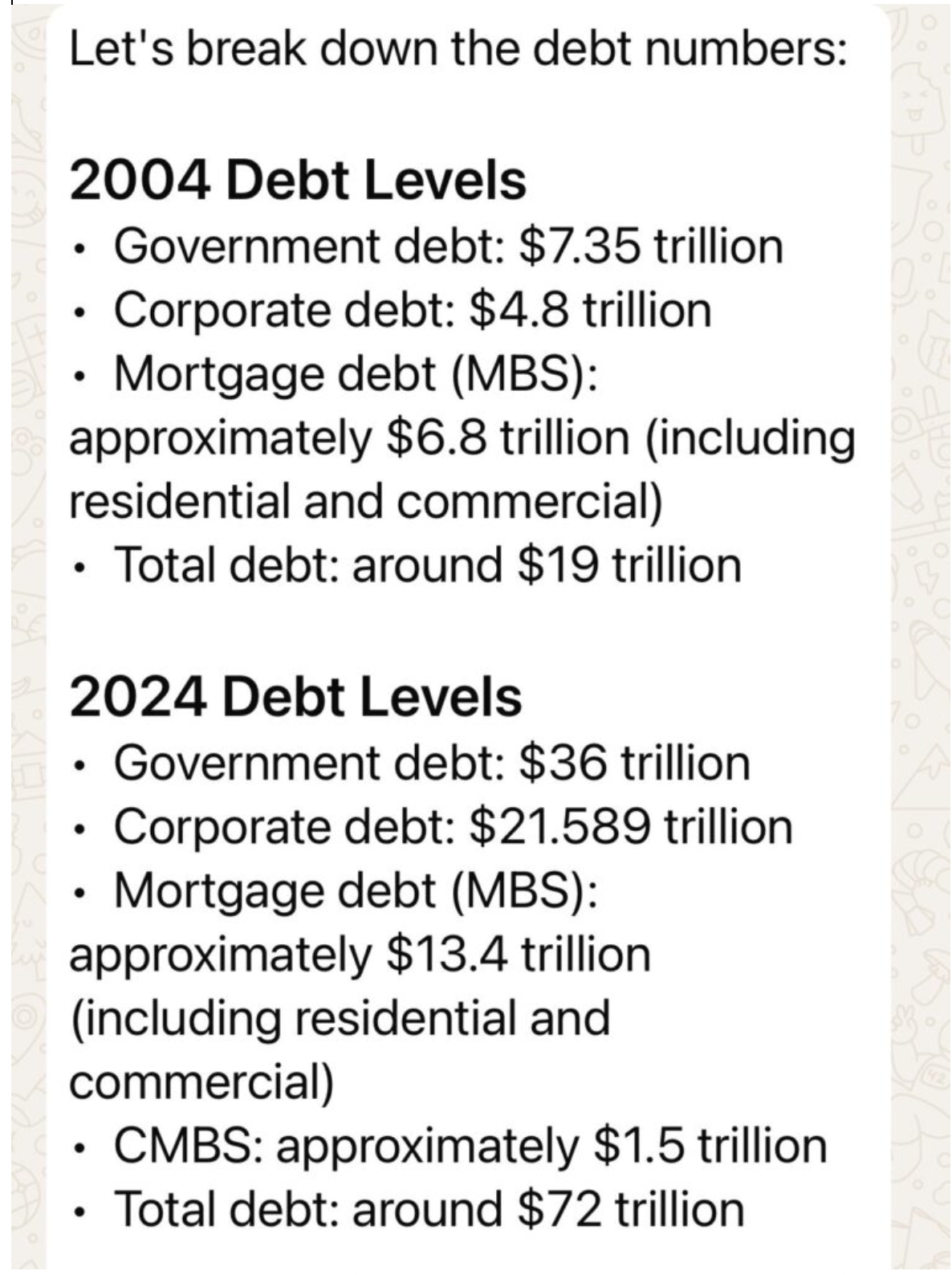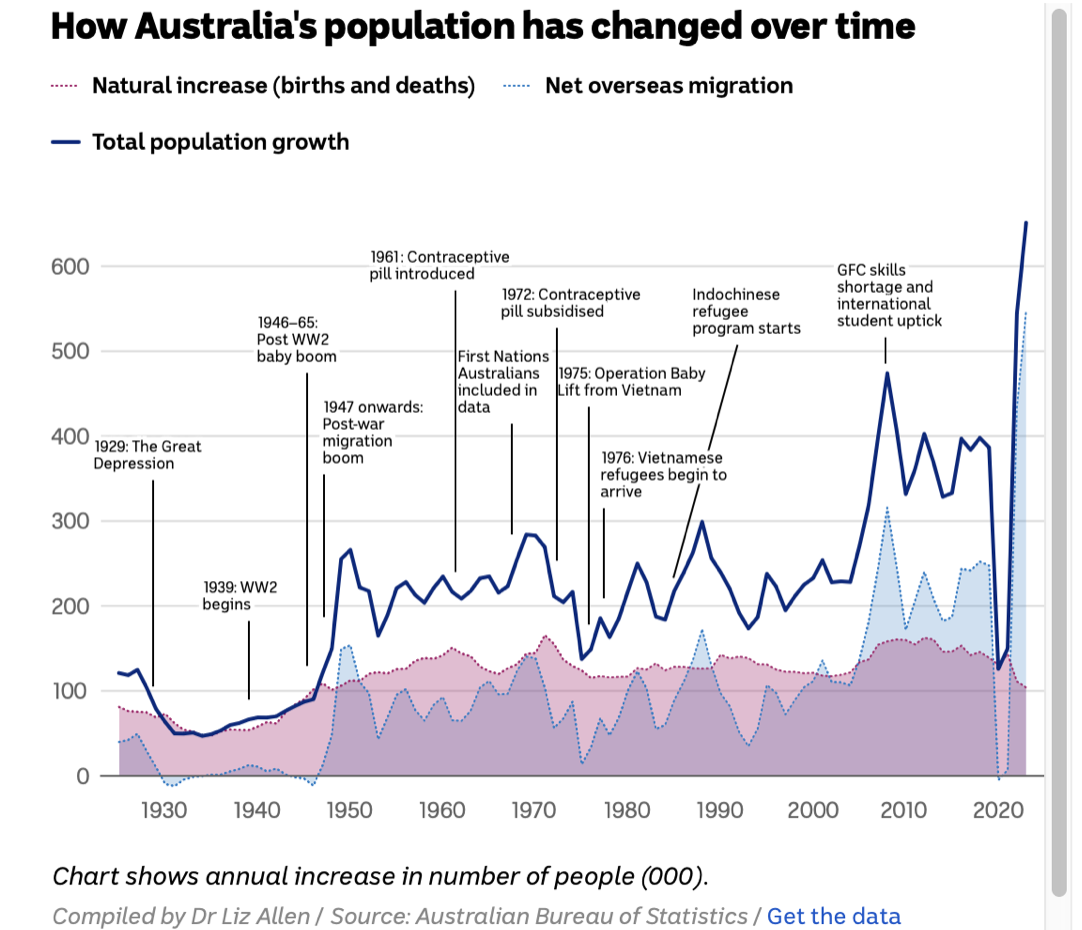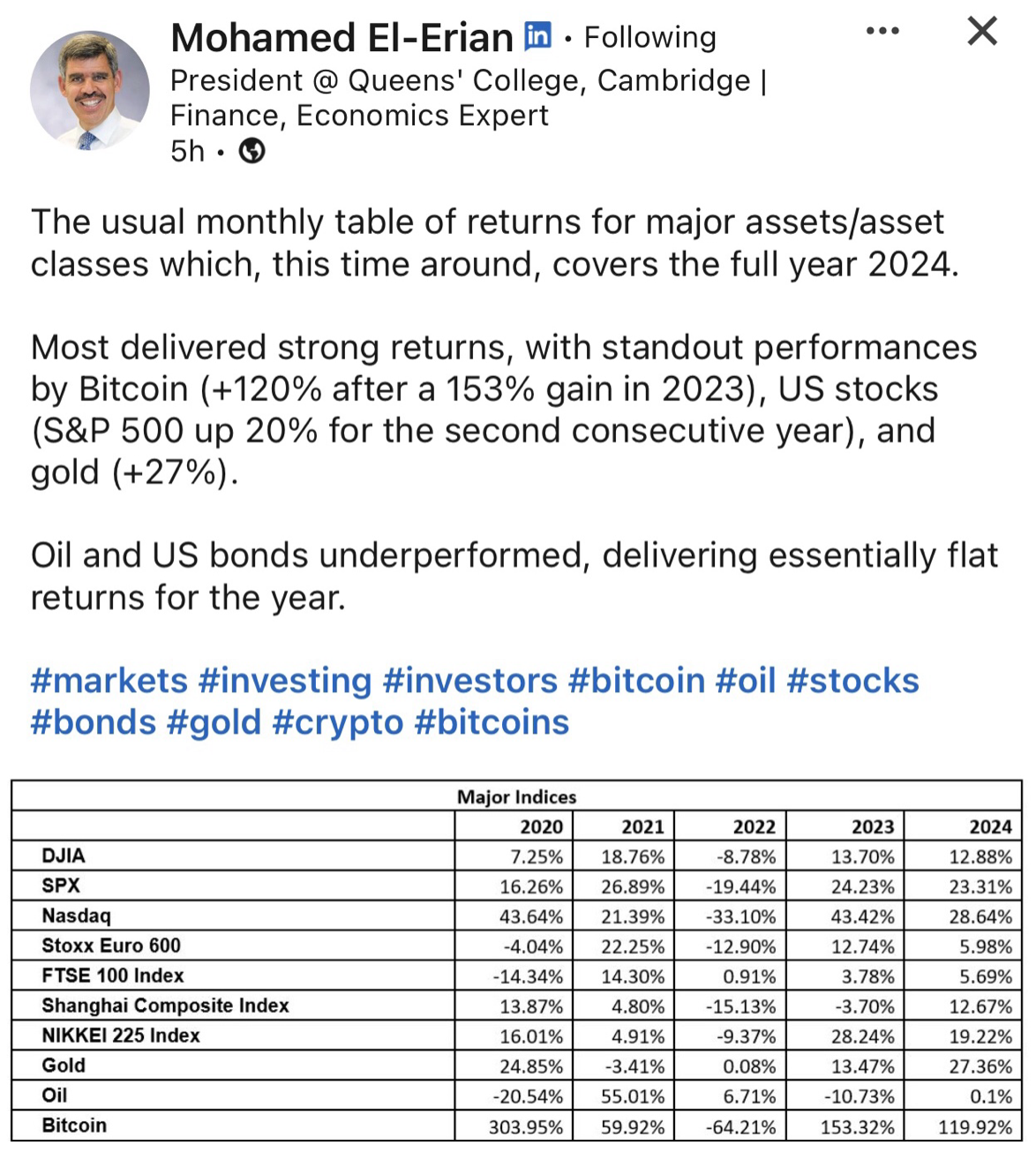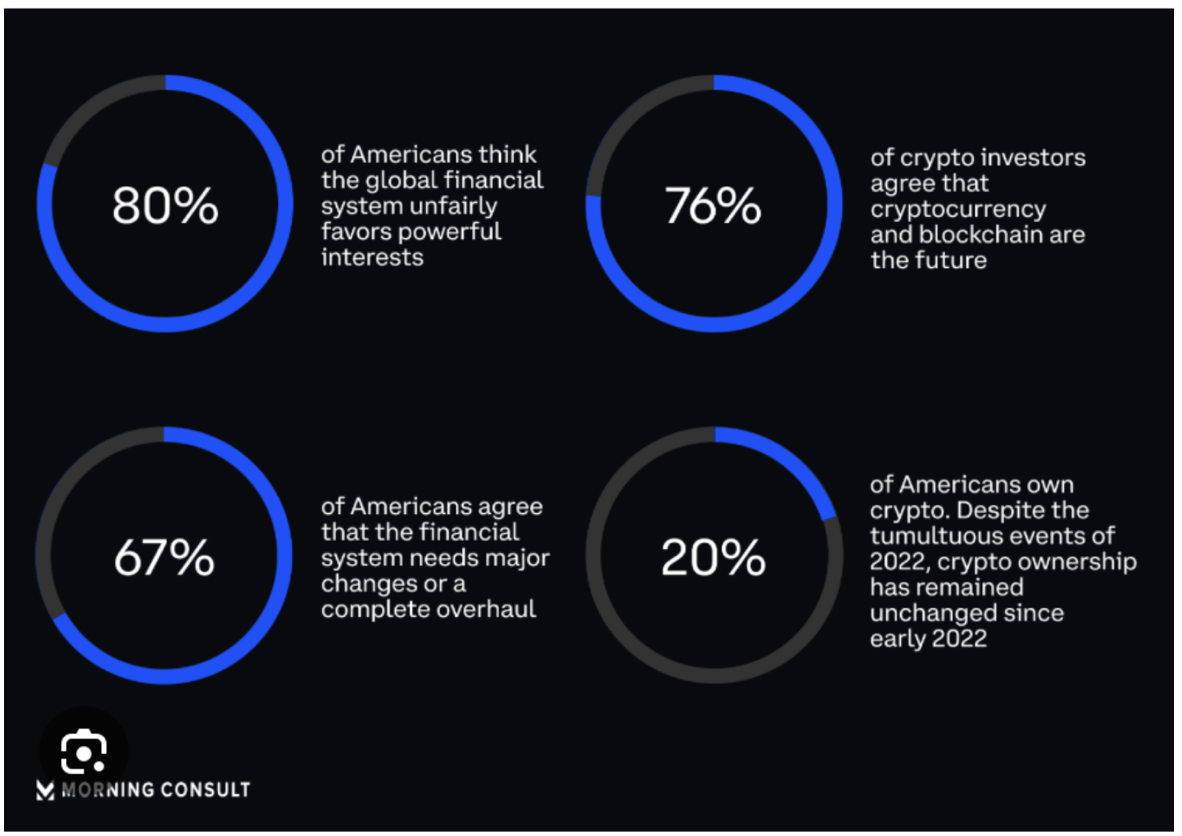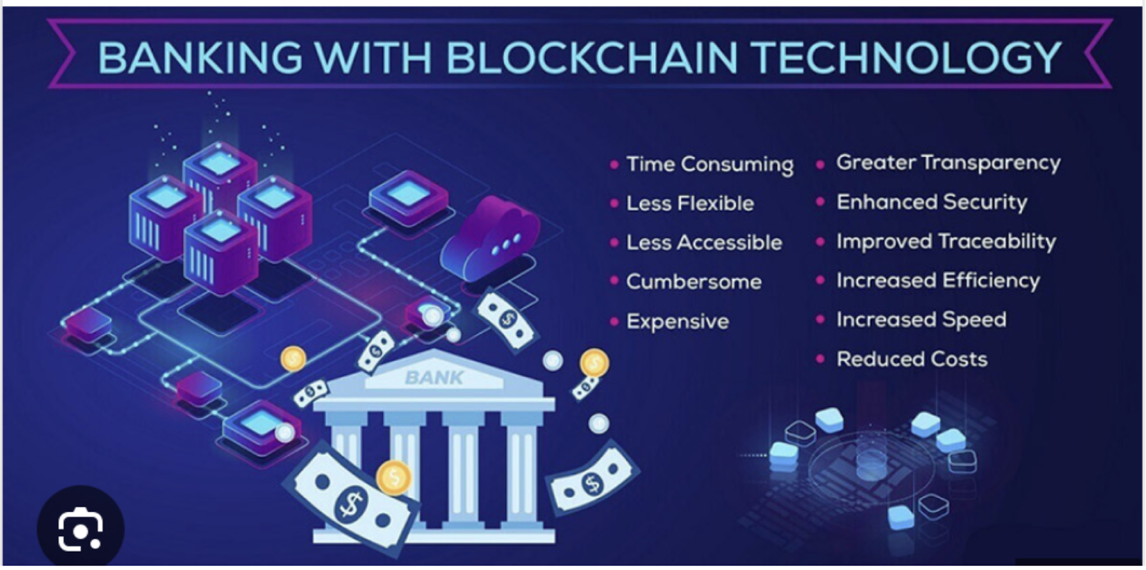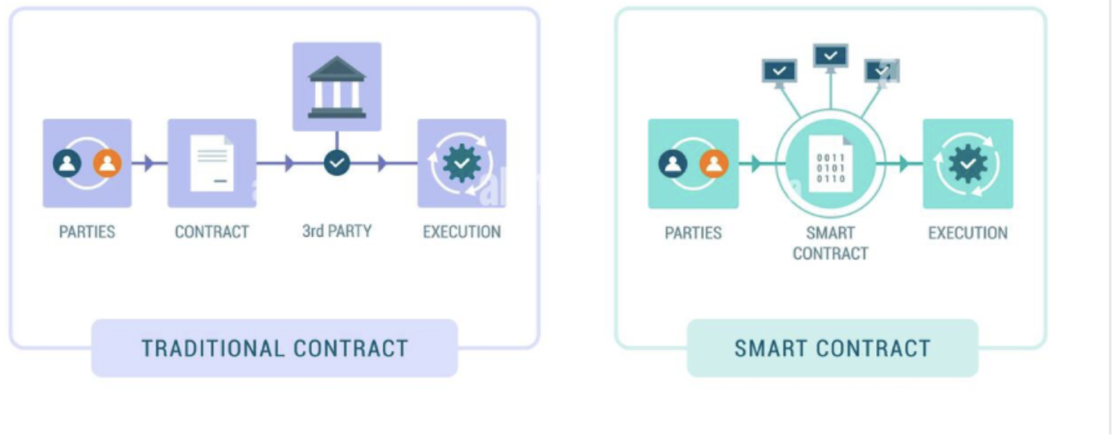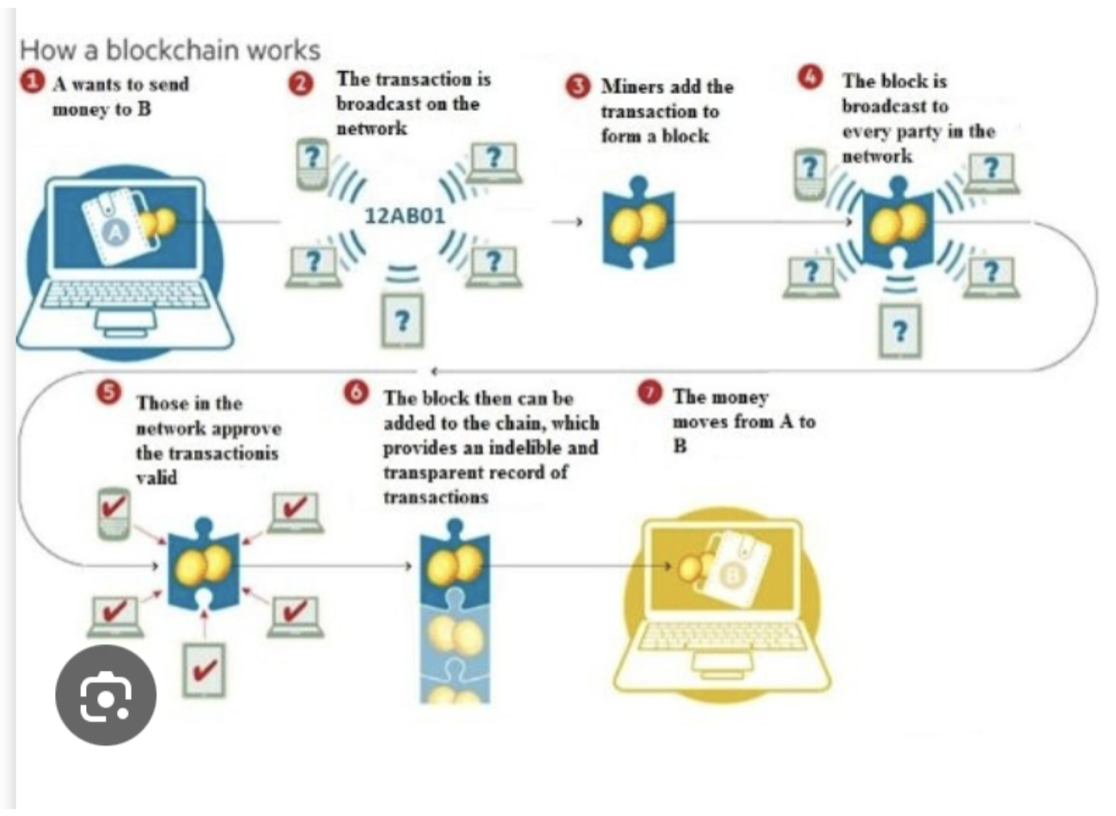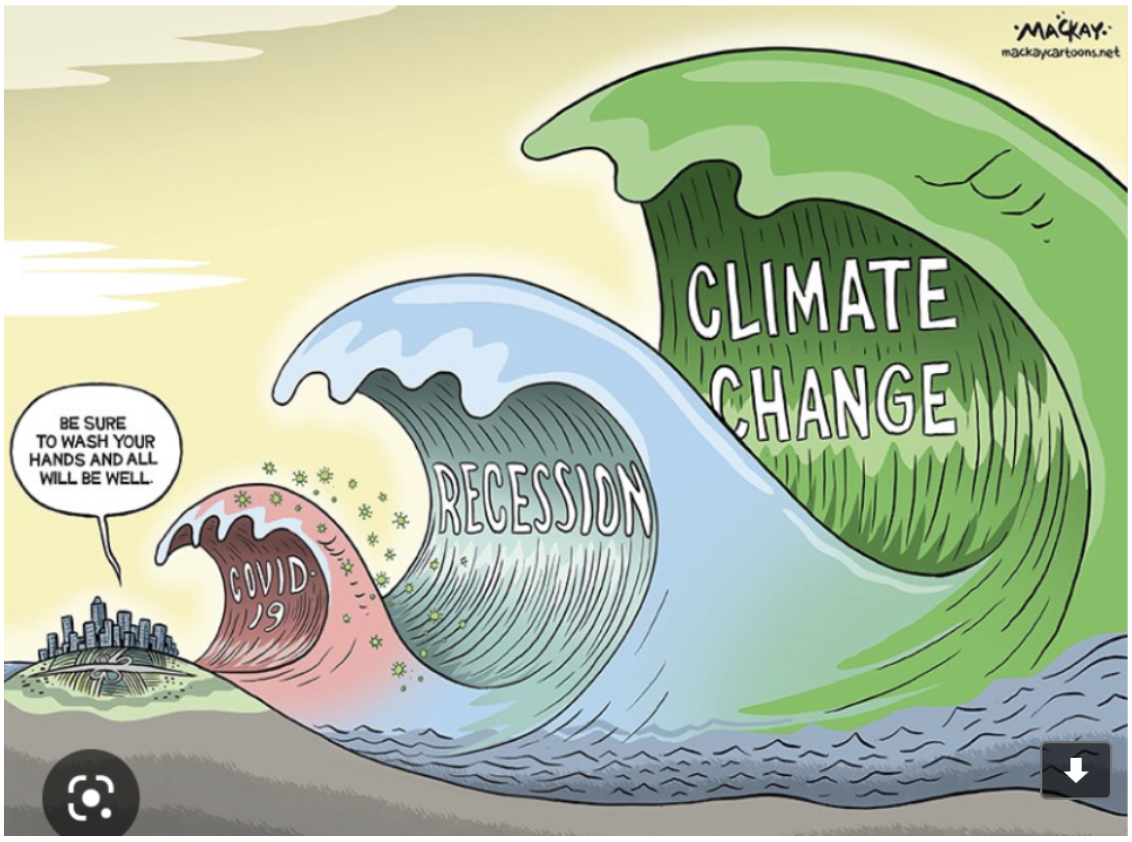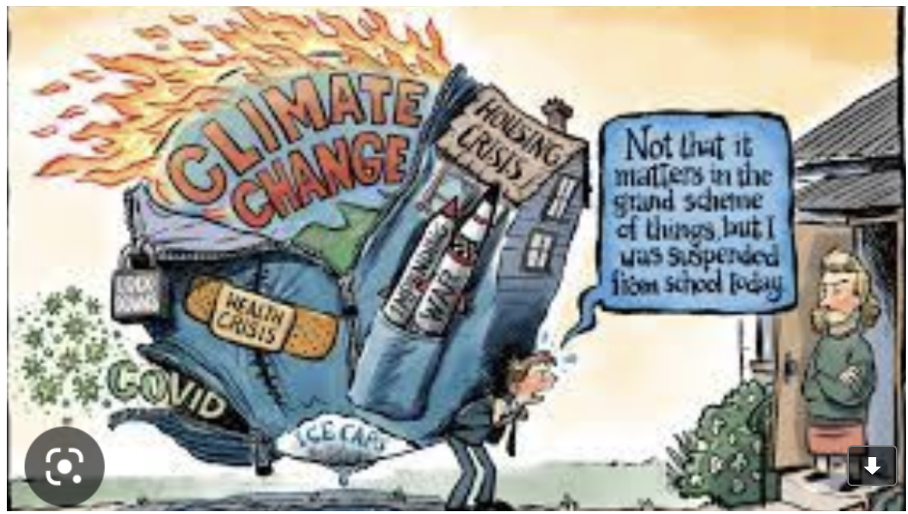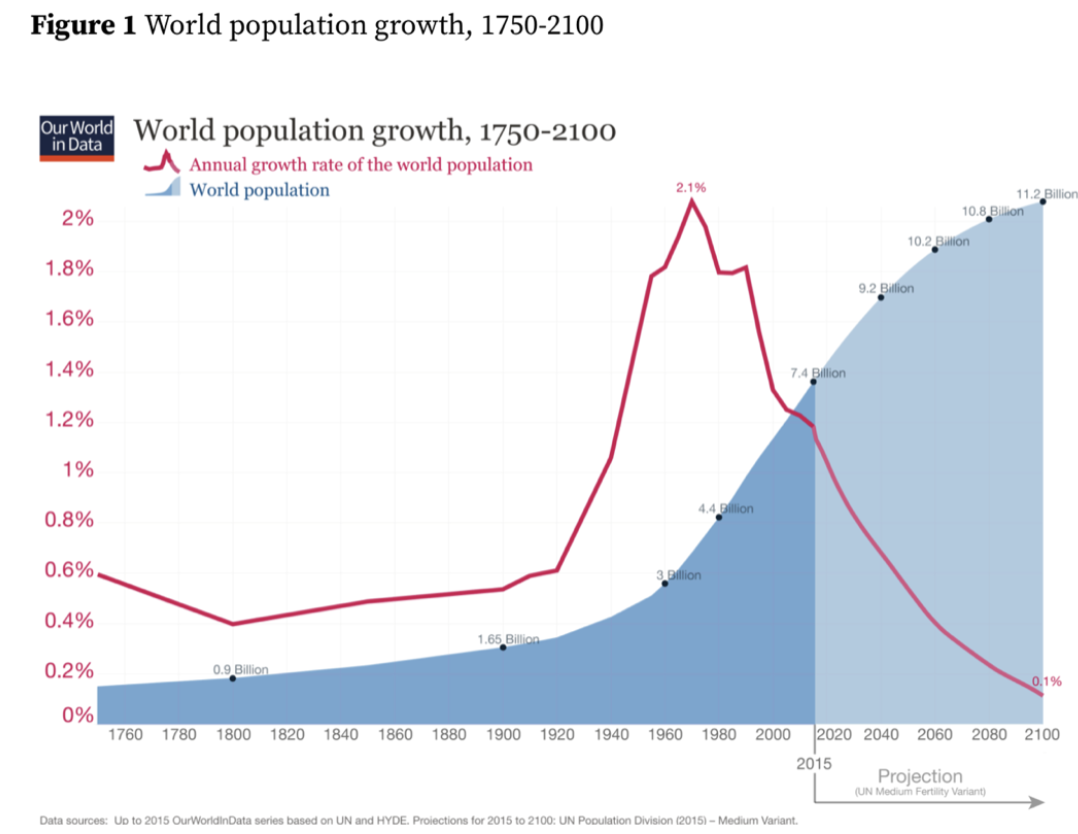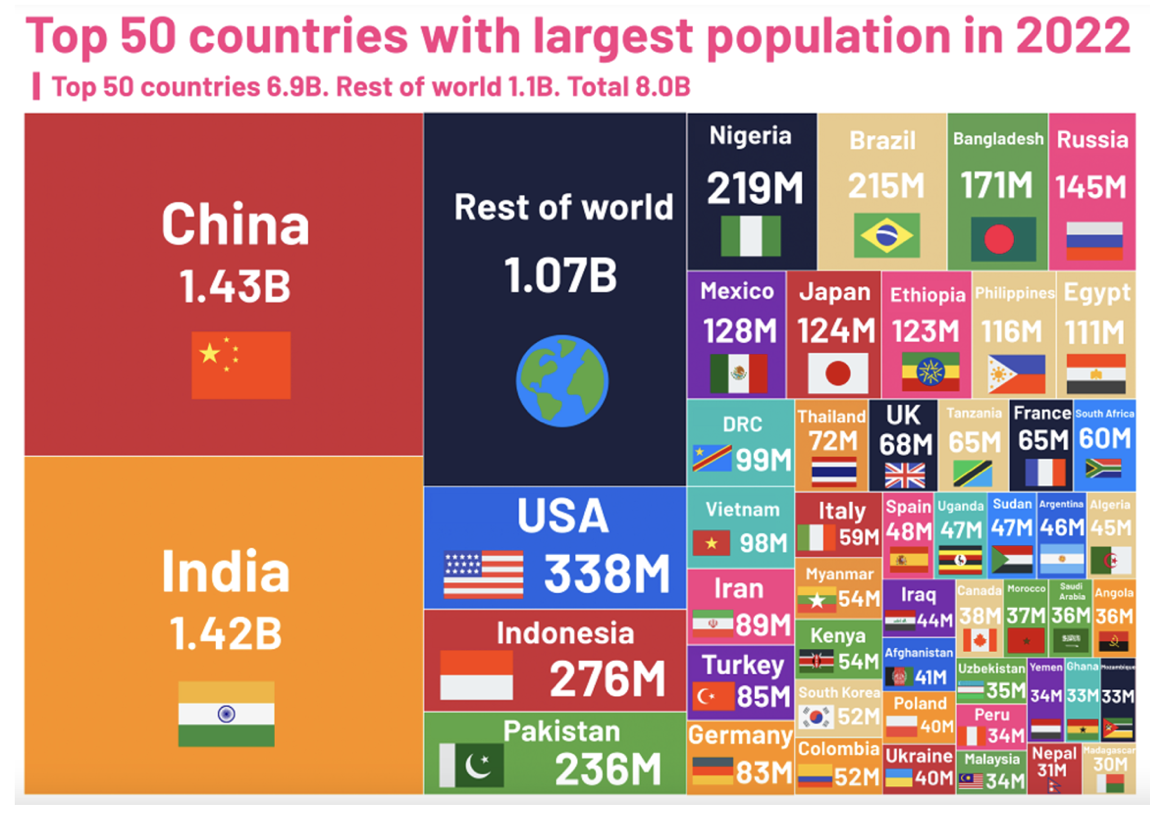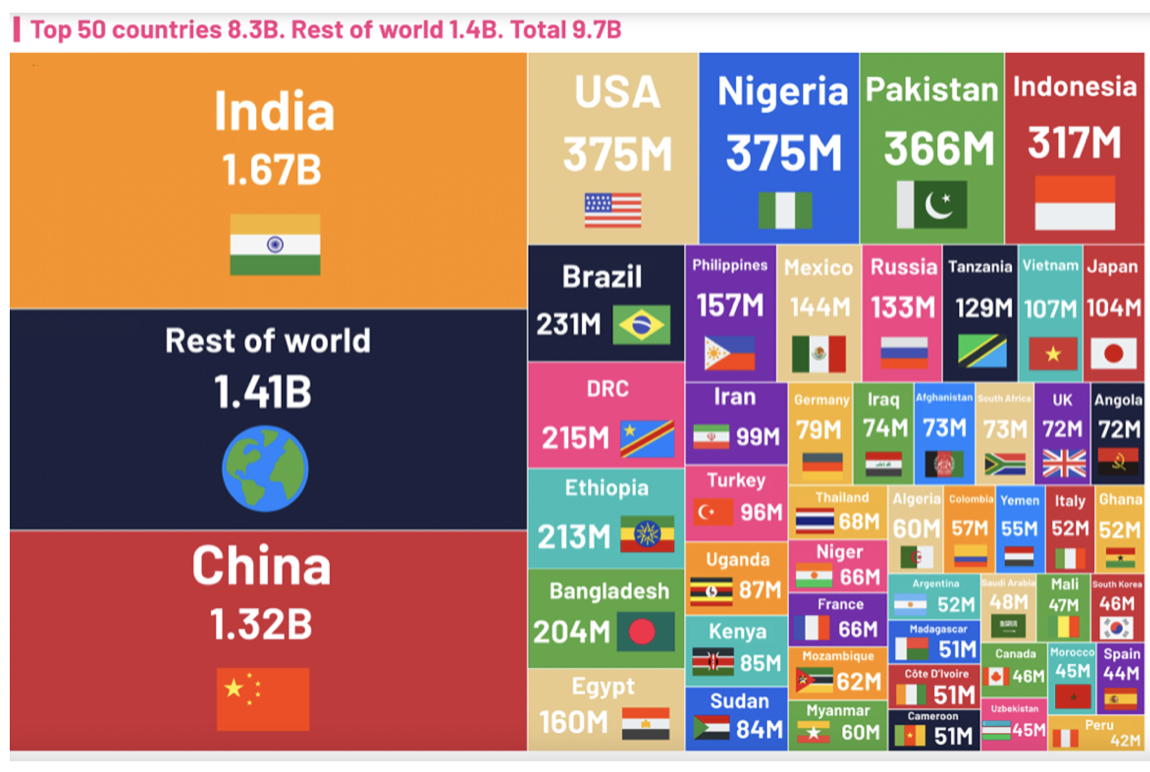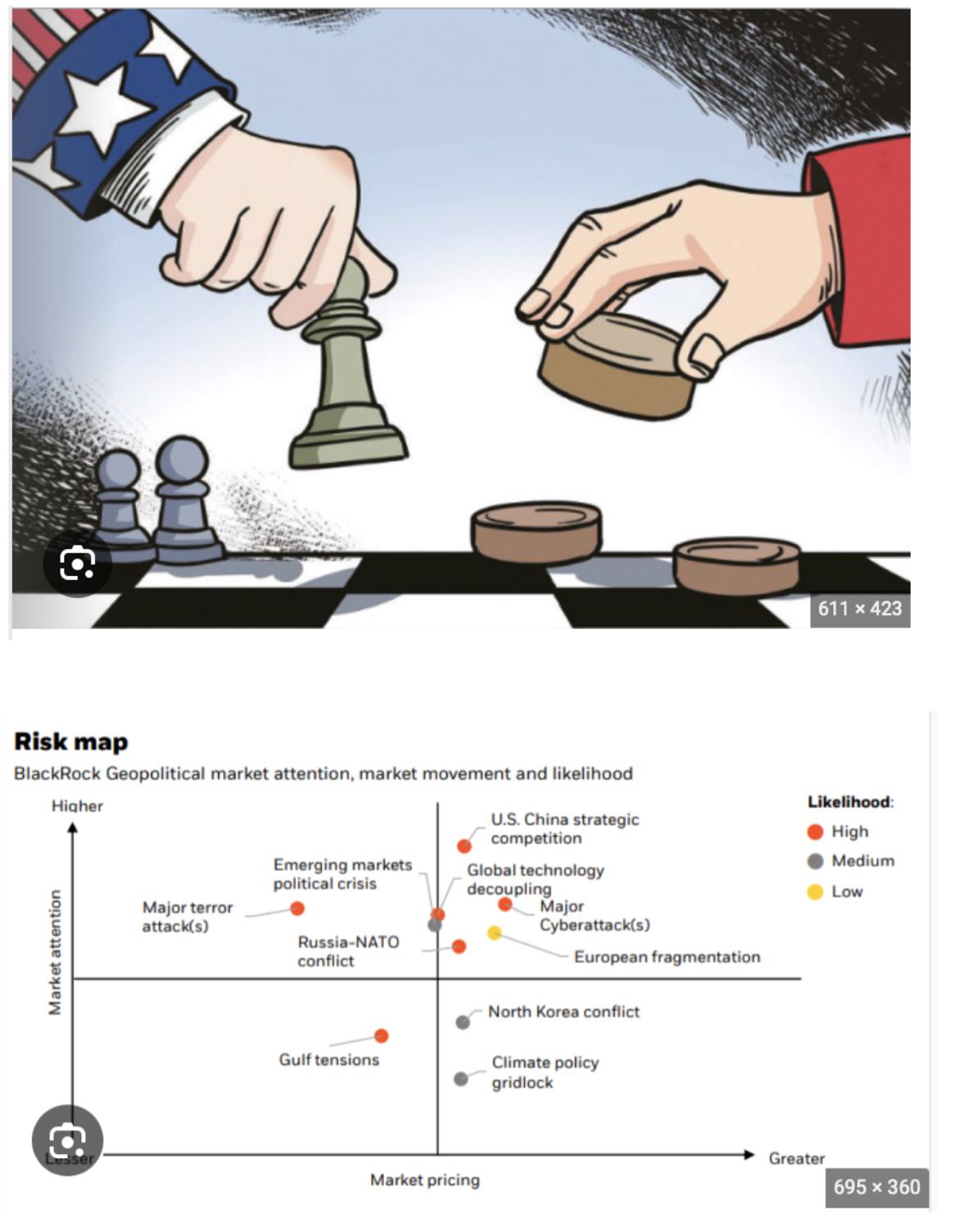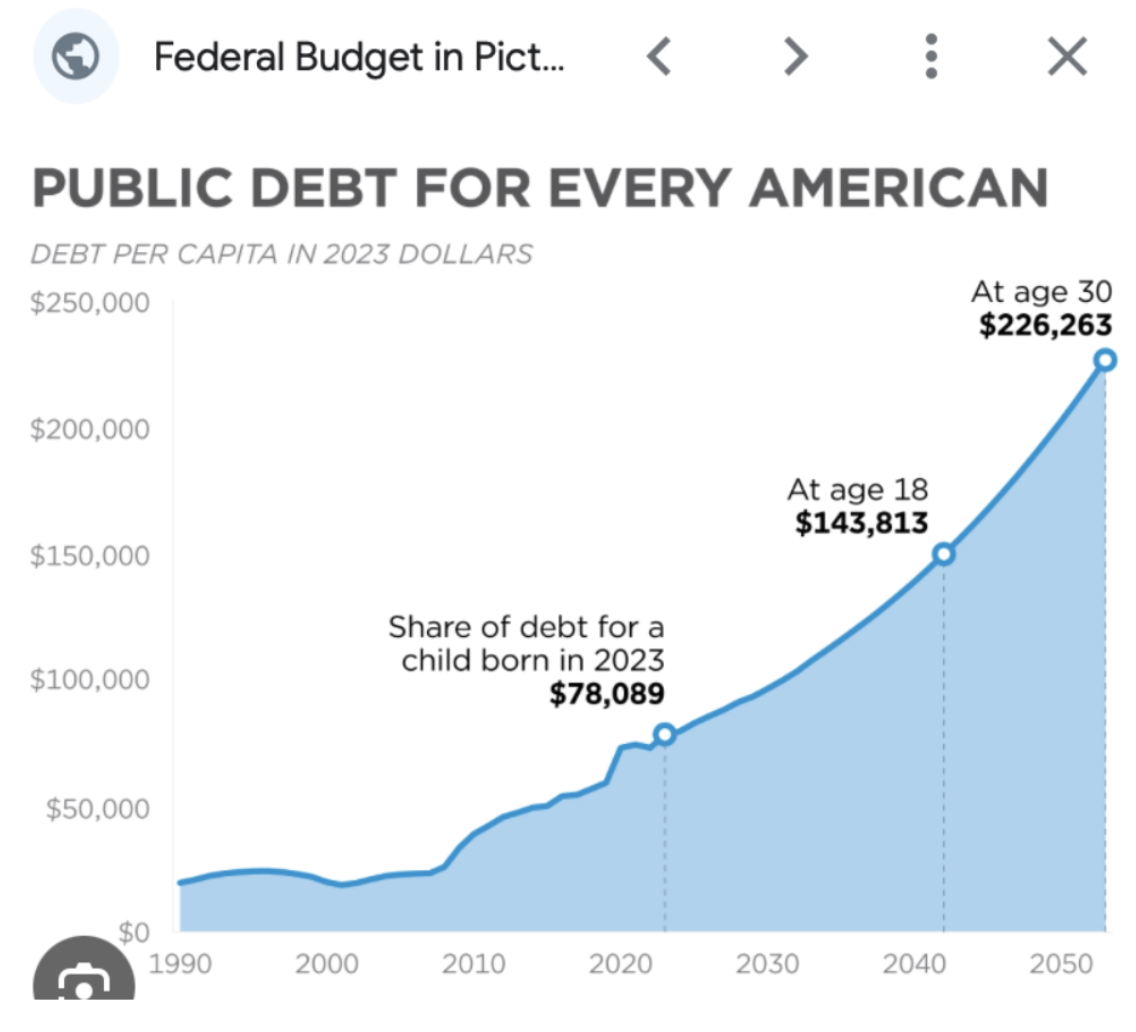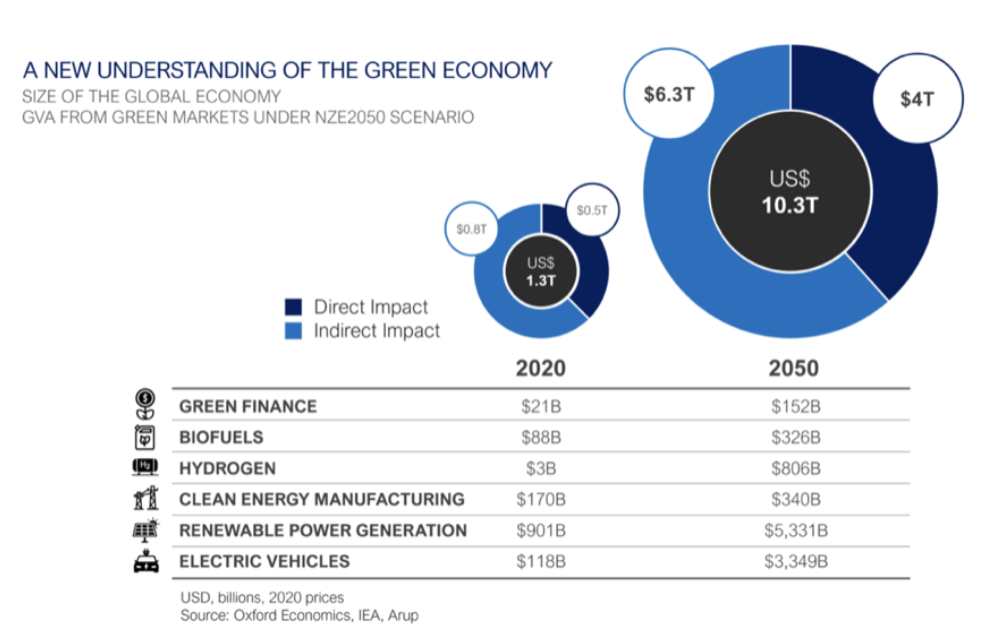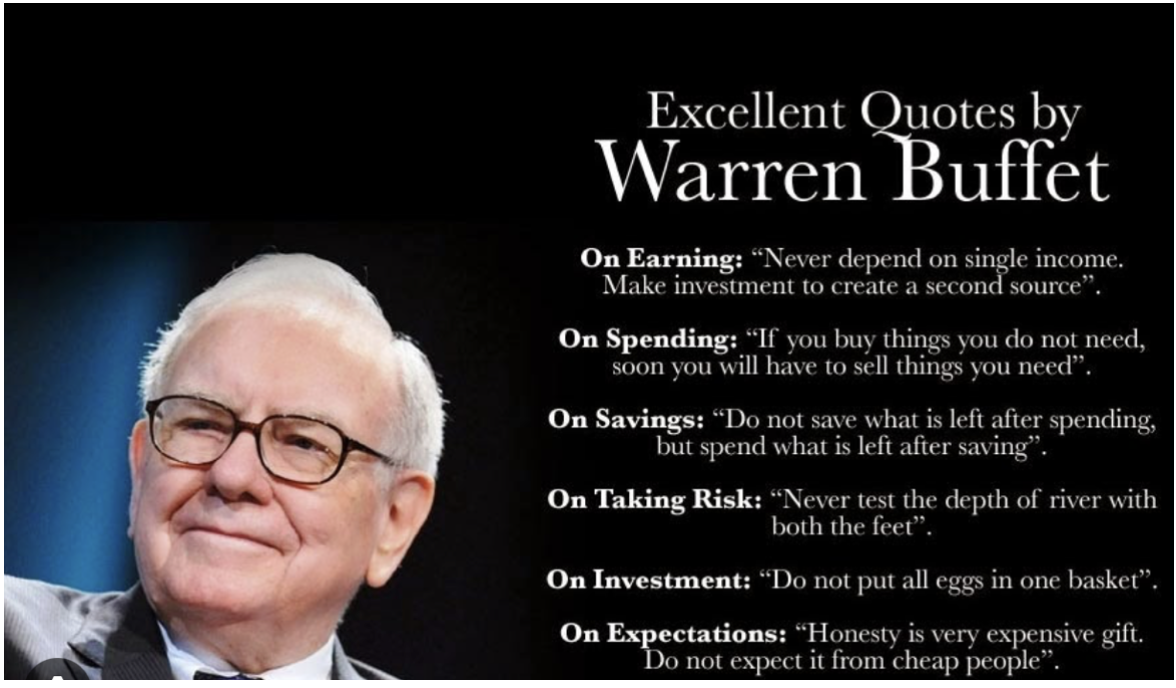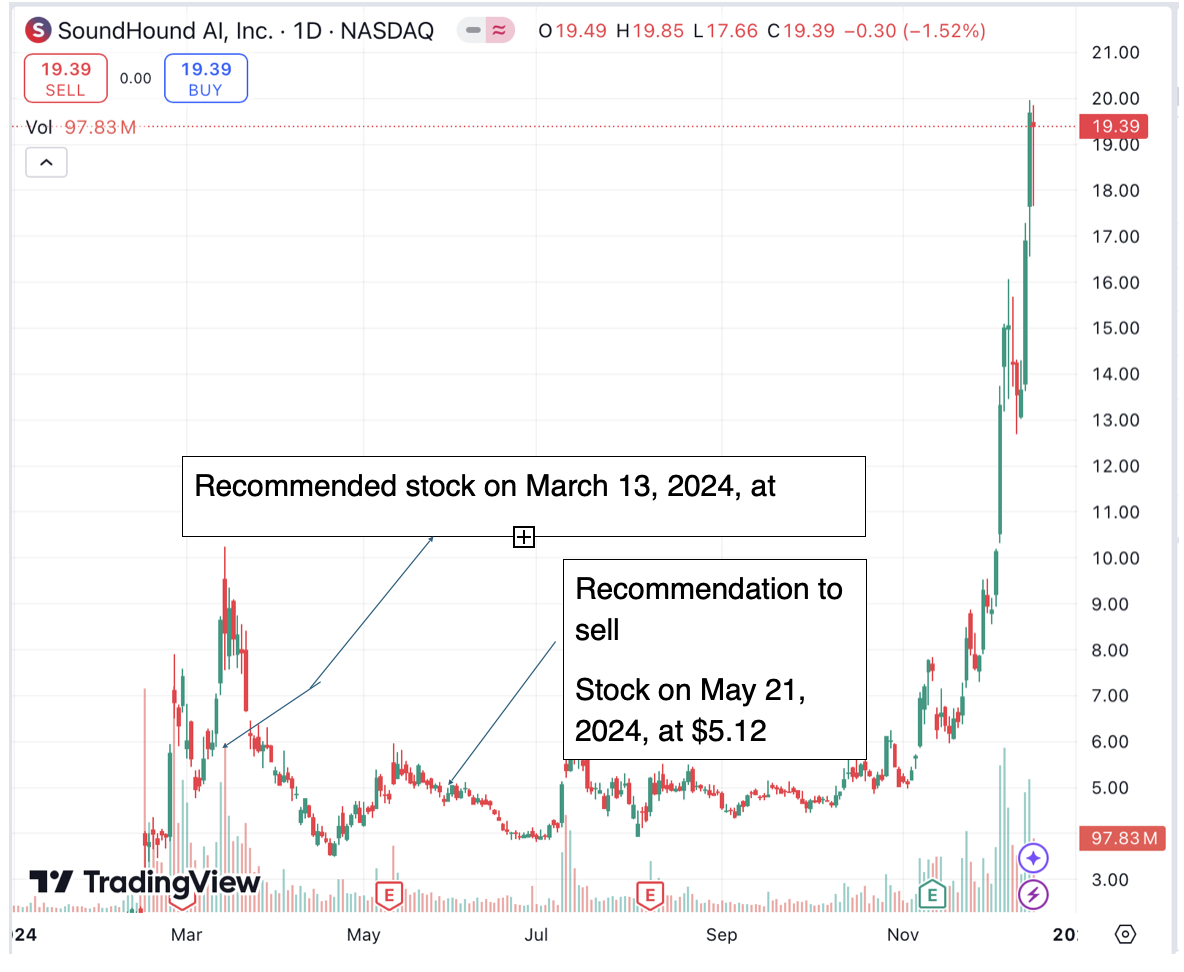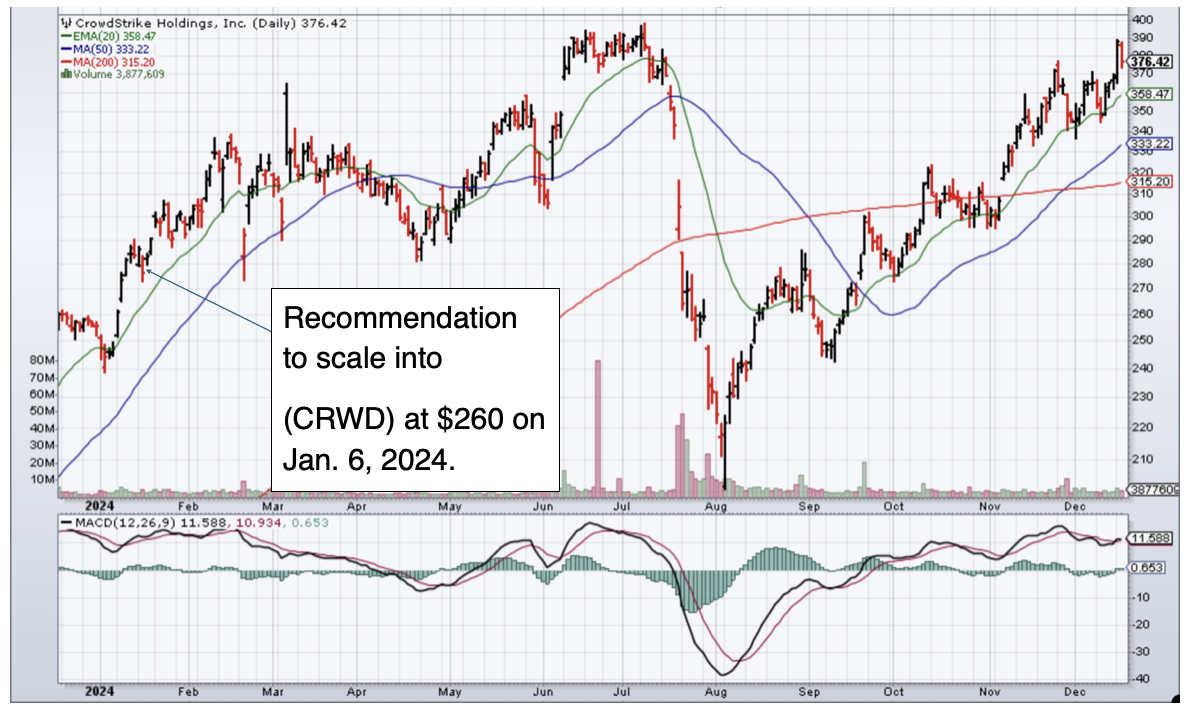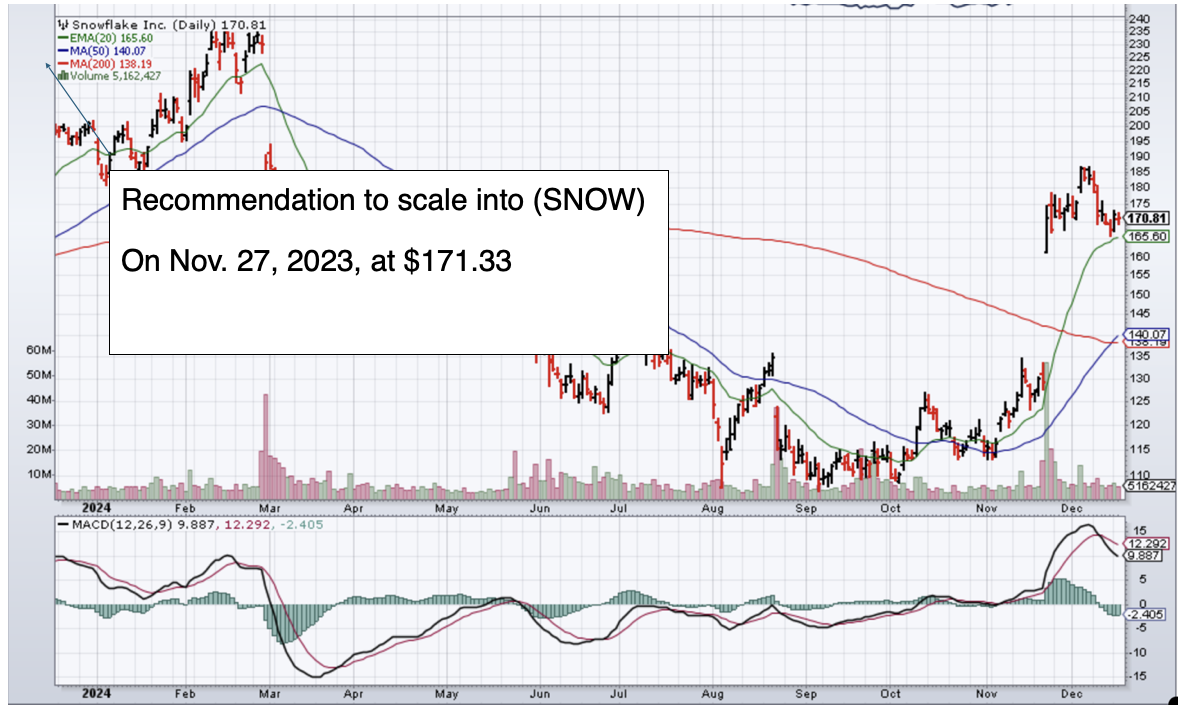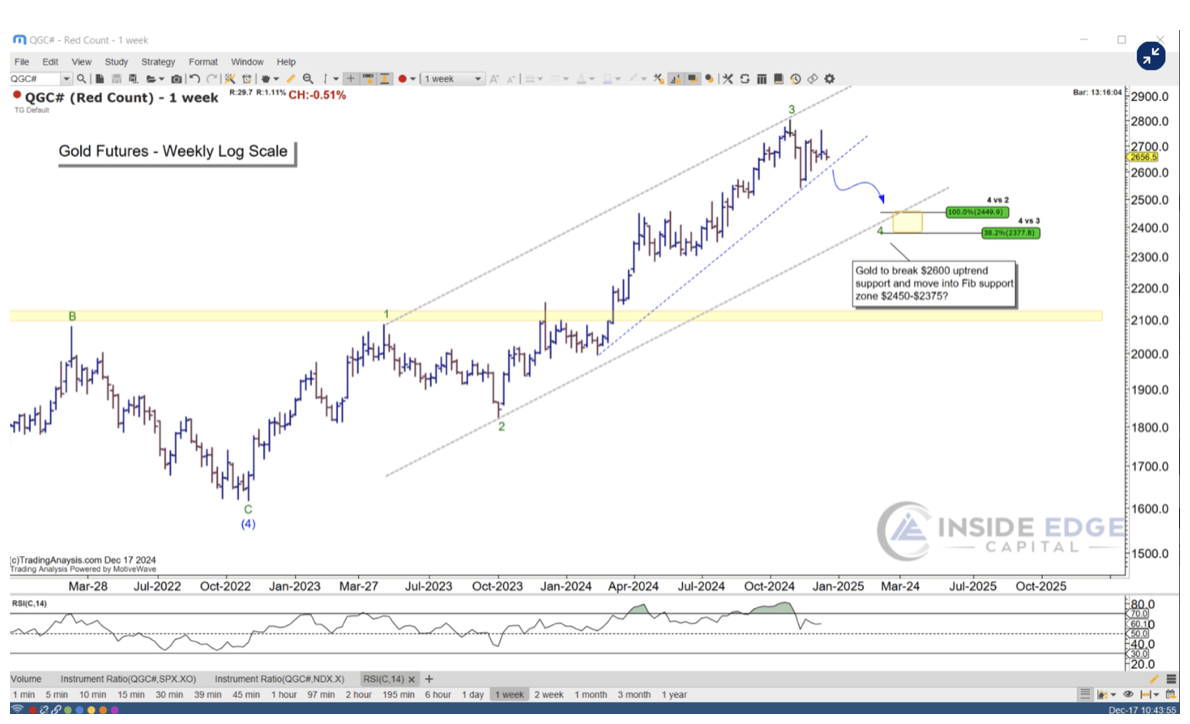
(THE MARKETS IN 1973 AND 2025 – DRAWING COMPARISONS)
January 13, 2025
Hello everyone
WEEK AHEAD CALENDAR
MONDAY 01/13
2:00 p.m. Treasury Budget (December)
6:30 p.m. Australia Consumer Confidence
Previous: -2%
TUESDAY 01/14
6:00 a.m. NFIB Small Business Index (December)
8:30 a.m. Producer Price Index (December)
Previous: 0.4%
Forecast: 0.3%
WEDNESDAY 01/15
8:30 a.m. Consumer Price Index (December)
8:30 a.m. Empire State Index (January)
11:00 a.m. New York Federal Reserve Bank President and CEO John Williams speaks at CBIA Economic Summit and Outlook 2025
Earnings: Citigroup, Goldman Sachs, Wells Fargo, JPMorgan Chase, BlackRock, Bank of New York Mellon
THURSDAY 01/16
2:00 a.m. UK GDP Growth
Previous: -0.1%
Forecast: 0.2%
8:30 a.m. Continuing Jobless Claims (1/4)
8:30 a.m. Export Price Index (December)
8:30 a.m. Import Price Index (December)
8:30 a.m. Initial Claims (1/11)
8:30 a.m. Philadelphia Fed Index (January)
8:30 a.m. Retail Sales (November)
10:00 a.m. Business Inventories (November)
10:00 a.m. NAHB Housing Market Index (January)
Earnings: J.B. Hunt Transport Services, Morgan Stanley, U.S. Bancorp, Bank of America, PNC Financial Services Group, M & T Bank, United Health Group
FRIDAY 01/17
2:00 a.m. UK Retail Sales
Previous: 0.2%
Forecast: 0.4%
8:30 a.m. Building Permits preliminary (December)
8:30 a.m. Housing Starts (December)
9:15 a.m. Capacity Utilization (December)
9:15 a.m. Industrial Production (December)
9:15 a.m. Manufacturing Production (December)
Earnings: State Street, Schlumberger, Fastenal, Citizens Financial Group, Regions Financial, Truist Financial, Huntington Bancshares
We had a scorching hot jobs report last Friday, which puts in doubt the path of rate cuts by the Fed. We know the probability of cuts was revised down from four to two this year, but there is now some head-scratching going on with many wondering if there will be any cuts at all. The notion of rate rises is also being tossed about.
So, with that in mind, the inflation reading this week will be of paramount importance to the market. The CPI and PPI will be watched closely by investors – we may find that we have to deal with pricing pressures for quite a long time. The December consumer price index is expected to rise 0.3% in the month and 2.8% in the year, according to consensus estimates from FactSet. That’s compared to respective increases of 0.3% and 2.7% in the previous report.
Our market is already at historically stretched valuations as we start the year at 22 times forward earnings, which means investors will have to rely on earnings growth to power the market this year. And this is where the real challenge lies – can companies negotiate through rising inflation, higher yields, a strong dollar, and deliver on expectations?
Big banks launch the earnings season this week.
Finally, we need to understand the consumer’s environment, and see if they are still spending, so retail sales data should be on your radar.
What has Donald Trump promised to do from Day One through to his first 100 days?
Lifting environmental restraints and expanding oil and gas exploration.
Cut in support for electric vehicles.
Close the border with Mexico.
Deport millions of undocumented migrants.
Wind back the Biden administration’s environmental programs.
Pardon peaceful rioters who stormed the Capitol in the 2021 insurrection.
End the war in Ukraine.
Suspend refugee admissions.
Ban “woke” inclusivity programs.
Cut back on government spending.
DRAWING PARALLELS BETWEEN 2025 AND THE EARLY SEVENTIES
Doug Kass has been a very successful fund manager over the long term. Recently, he has been comparing the state of the current market and the Wall Street of 50 years ago.
He states: “With the 10-year Treasury yield reaching multi-month highs, my baseline expectation is that January 2025 could represent an important top in stocks – much like it did 53 years ago in 1972.”
Let’s revisit 1972 for a minute.
Richard Nixon was President.
A gallon of gas costs 36 cents.
The median family income in the U.S. was $11,120.
The average individual income was just over $6000.
The highest-grossing film in 1972 was Francis Ford Coppola’s The Godfather.
Roberta Flack’s “The First Time Ever I Saw Your Face” was the top song.
Kass points out that the December 2024/January 2025 tops in the stock market could resemble the tops in the market in December 1972/January 1973.
In drawing the comparison between each period, Kass demonstrates that:
Both periods featured combative presidents – Richard Nixon in the past and incoming President-elect Donal Trump in the present.
In both periods, interest rates and inflation increased from the prior few decades, and public sector debt was climbing rapidly.
P/E [price to earnings ratio] was extremely elevated in both periods.
A top was completed in January 1973 – leading to a poor year for the S&P 500 Index.
Kass expects “an important market top, a down year for the averages…”
Let’s end on a positive note here as Kass explains that in 2025 he does like companies that will be helping to expand the utility grid and cloud computing.
MARKET UPDATE
S&P500
A hot jobs report sank the market on Friday. A close below the $5825/35 support area will be a bearish sign. Support at the base of the rising wedge ($5675 ~) may again trigger a good-sized bounce. Resistance = ~$5870/80
GOLD
Some movement in gold recently could continue to the upside, however, it is still believed that the topping process is not yet complete. So, you might use the upside movement to sell more calls (if you wish). Support is seen at around $2630/$2600. Resistance is seen around the $2690/$2630 area.
BITCOIN
Topping formation for a few months is taking place. After our $108,389 top, Bitcoin is ranging between support and resistance levels. Support around $91,000 may hold temporarily, however, a break there could lead to the mid $85,000 zone and even lower. Initial resistance is now around $97,500 and $102,000.
QI CORNER
HISTORY CORNER
On January 13
SOMETHING TO THINK ABOUT
Cheers
Jacquie


